
El carbón activado, como adsorbente versátil, desempeña un papel insustituible en diversas industrias. Ya sea en el tratamiento del agua, la purificación del aire, la producción de alimentos o las aplicaciones médicas, el carbón activado es un elemento crucial. Si se está planteando la pregunta "¿Qué es el carbón activado?", está en el lugar adecuado.
Este artículo pretende profundizar en el proceso de fabricación, los distintos tipos y las amplias aplicaciones del carbón activo.
Con esta lectura, obtendrá un conocimiento exhaustivo del carbón activado, incluido su proceso de producción, sus diversos tipos y sus importantes funciones en múltiples industrias.
¿Qué es el carbón activado?
Carbón activado es un material a base de carbono poroso y altamente adsorbente capaz de adsorber y eliminar eficazmente moléculas de impurezas de líquidos o gases. Suele proceder de materias primas naturales como la madera, la cáscara de coco o el carbón, entre otras. El proceso de preparación implica el tratamiento a alta temperatura y la activación, con el fin de aumentar su superficie y el número de microporos.
El carbón activado, gracias a su extraordinaria capacidad de adsorción y eliminación eficaz de diversas sustancias orgánicas e inorgánicas, tiene una amplia aplicación en el tratamiento del agua, la purificación del aire, el procesamiento de alimentos, los productos farmacéuticos y los sectores industriales. La diversidad de materias primas le confiere propiedades físicas y químicas específicas para satisfacer las necesidades de purificación y filtración en distintos ámbitos.
El proceso de fabricación y los diversos tipos de carbón activado contribuyen significativamente a su papel fundamental en la protección del medio ambiente, la salud y los ámbitos industriales, convirtiéndolo en una solución clave para abordar muchos problemas críticos.
Tipos de carbón activado
Antes de profundizar en la fabricación y las aplicaciones del carbón activado, exploremos los diferentes tipos de carbón activado. He aquí algunos tipos comunes y sus características:
Carbón activado en polvo (CAP)
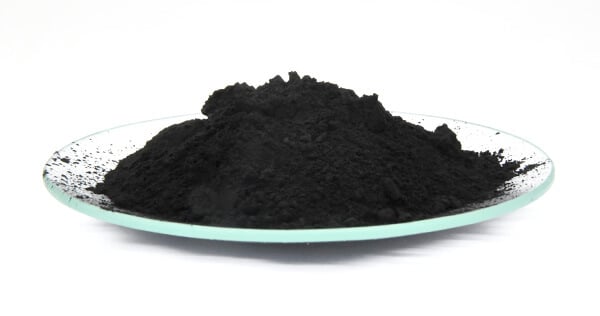
Carbón activado en polvo consiste en partículas finas de carbono, normalmente inferiores a 0,18 mm (malla 80). Su pequeño tamaño de partícula proporciona una superficie significativamente alta, lo que permite una rápida adsorción de contaminantes tanto en líquidos como en gases. Se utiliza ampliamente en el tratamiento de aguas, la remediación de aguas residuales y ciertos procesos industriales para el control de la contaminación.
Carbón activado granulado (CAG)
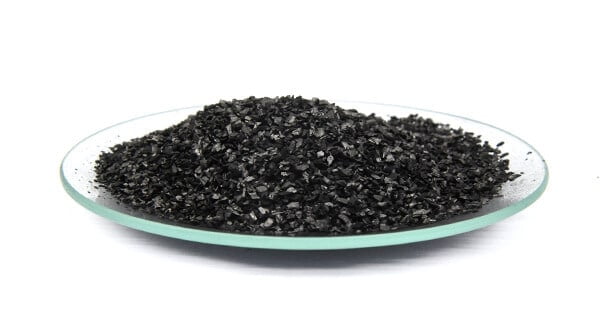
Carbón activado granulado tiene partículas de mayor tamaño, que suelen oscilar entre 0,5 y 4 mm. Los gránulos más grandes del CAG ofrecen durabilidad en diversas aplicaciones y permiten su reutilización y regeneración. Se utiliza principalmente en sistemas de purificación de agua, purificación de gases y eliminación de color y sabor en la industria alimentaria y de bebidas.
Carbón activo extruido (CAE)
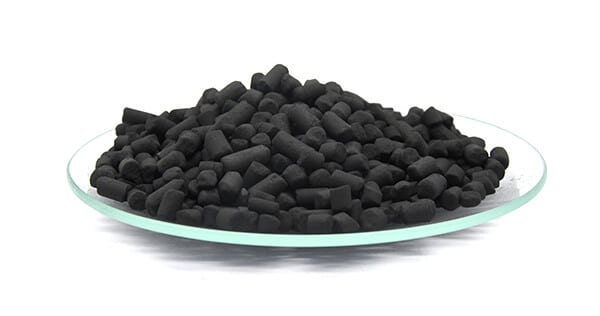
Carbón activo extruido se forma mezclando carbón activado en polvo o granulado con un aglutinante y extruyéndolo a continuación en formas específicas como cilíndricas, esféricas u otras formas a medida. El CAE se utiliza ampliamente en la adsorción en fase gaseosa y como portador de catalizadores debido a su estructura uniforme de poros y a su elevada resistencia mecánica.
Tela o fibra de carbón activado (CFAC)
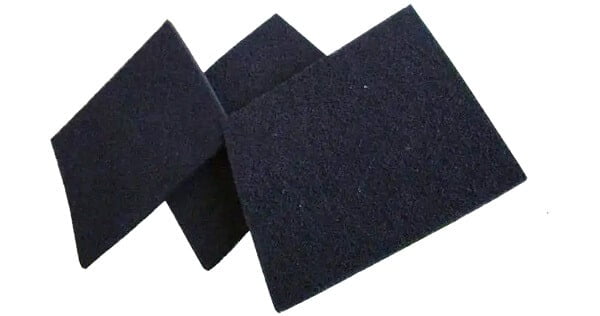
La tela y la fibra de carbón activado consisten en polvo de carbón activado adherido a fibras o superficies de tela. Esta forma de carbón activado ofrece flexibilidad y transpirabilidad, adecuadas para aplicaciones que requieren una amplia cobertura con materiales ligeros, como ropa de protección, filtros de aire y productos para el cuidado de heridas.
Carbón activado funcional especial
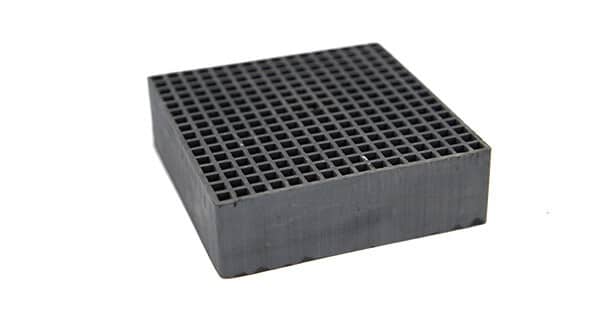
Los avances tecnológicos han dado lugar a productos de carbón activado especializados con funciones específicas. Estos carbones activados se someten a tratamientos especiales o se les añaden sustancias químicas específicas para resolver problemas concretos, como el control de olores en productos para mascotas o la inhibición del crecimiento bacteriano en hospitales e instalaciones de procesamiento de alimentos.
Cada tipo sirve para aplicaciones específicas, y la selección del carbón activado adecuado puede mejorar significativamente la eficacia del proceso y la rentabilidad.
¿Está pensando en comprar carbón activado?
Guía paso a paso: Proceso de fabricación del carbón activado
El proceso de fabricación del carbón activado implica varios pasos críticos para garantizar que el producto final posea un rendimiento de adsorción y una idoneidad excelentes.
1️. Selección de materias primas

La selección y el pretratamiento de las materias primas para la producción de carbón activado son cruciales. Las materias primas más comunes son la madera, la cáscara de coco, el carbón y el bambú, entre otras. A continuación se describen los pasos básicos del procesamiento de las materias primas:
- Recogida y descontaminación de las materias primas: Tras la recogida, las materias primas suelen someterse a un proceso de descontaminación para eliminar impurezas como tierra, minerales u otros contaminantes. Esto puede conseguirse mediante métodos como el cribado, el lavado o la separación física.
- Secado de las materias primas: Es esencial secar bien las materias primas antes de procesarlas para garantizar que no haya humedad durante los procesos de carbonización y activación. Esto se consigue normalmente utilizando equipos de secado o secado natural en condiciones adecuadas.
- Trituración y molienda de materias primas: Las materias primas pueden tener partículas de tamaño desigual, por lo que es necesario triturarlas y molerlas para obtener partículas de tamaño uniforme. Esto ayuda a mejorar la eficiencia de los procesos de carbonización y activación, garantizando la uniformidad y estabilidad del producto final.
2. Carbonización
La carbonización es un paso crucial en la preparación del carbón activado. Convierte la materia prima en una estructura carbonosa, preparándola para el proceso de activación. Esta fase elimina la humedad residual, las impurezas y las sustancias volátiles de las materias primas, dejando residuos de carbón sólido.
3. Activación
El proceso de activación es esencial para conferir excelentes propiedades de adsorción y abundantes estructuras porosas al carbón activado. Este proceso puede realizarse normalmente mediante dos métodos: activación por vapor y activación química.
Activación del vapor es un método comúnmente utilizado, que expone el material carbonizado a entornos de vapor a alta temperatura, provocando la gasificación y exfoliación de la superficie del carbono, creando más microporos y estructuras mesoporosas. Activación química consiste en utilizar agentes químicos activadores (como cloruro de zinc o ácido fosfórico) en la superficie de los materiales carbonizados para aumentar sus estructuras porosas y su superficie.
La selección de los métodos de activación suele depender de las características de la materia prima y de la aplicación prevista del producto final. Un control preciso durante el proceso de activación permite personalizar los carbones activados con diferentes características, atendiendo a diversas necesidades industriales y de aplicación.
4. Lavado y secado
Tras la activación, el carbón activado debe lavarse para eliminar los agentes activadores residuales y las impurezas. Posteriormente, se somete a secado para eliminar la humedad residual, lo que garantiza la estabilidad del producto final.
5. Tratamiento químico (opcional)
Los procesos de tratamiento químico se emplean a menudo para tipos específicos de carbón activado o requisitos de aplicación, como la impregnación, para impartir un rendimiento específico o mejorar usos funcionales específicos.
El carbón activado impregnado consiste en exponer el carbón activado a soluciones químicas específicas para conseguir un rendimiento y unos requisitos de aplicación concretos. Estas soluciones pueden incluir ácidos, bases, metales u otros aditivos, en función del rendimiento y la aplicación deseados.
6. 6. Control de calidad
El control de calidad es una parte fundamental para garantizar que el producto final cumple las especificaciones y las normas de calidad. A lo largo de la producción, el control de calidad se refleja en varias etapas, entre ellas:
- Inspección y selección de materias primas
- Control y seguimiento de los parámetros del proceso de producción
- Muestreo y pruebas periódicas en distintas fases
- Pruebas de rendimiento de los productos finales
- Registro de los resultados de las inspecciones para garantizar la trazabilidad de la calidad
El proceso de producción del carbón activado abarca la selección y el pretratamiento de las materias primas, la carbonización, el tratamiento de activación, el lavado y el secado, y los posibles tratamientos químicos. Cada paso es crucial para producir carbón activado de alta calidad con una excelente capacidad de adsorción.
Aplicaciones del carbón activado
El carbón activado encuentra una amplia aplicación en múltiples campos debido a su capacidad superior de adsorción. Su capacidad para adsorber sustancias orgánicas, olores, metales pesados, contaminantes y sustancias nocivas lo convierte en un material indispensable para la protección del medio ambiente y las aplicaciones industriales.
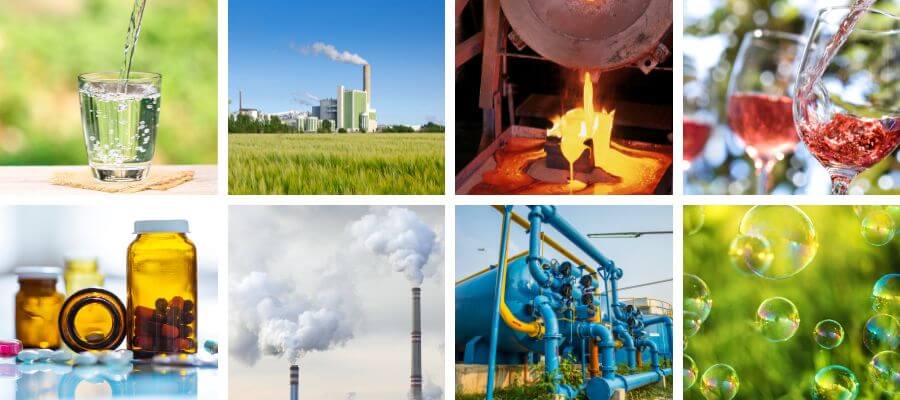
He aquí varias áreas en las que las aplicaciones del carbón activado son más destacadas:
Tratamiento del agua
El carbón activado se utiliza ampliamente en el tratamiento del agua, incluida la purificación del agua del grifo, el tratamiento de aguas residuales y la purificación del agua de procesos industriales. Elimina eficazmente del agua contaminantes orgánicos, cloruros, tintes, olores y sustancias químicas nocivas como pesticidas y metales pesados.
Purificación del aire
En la purificación del aire, el carbón activo adsorbe los gases y olores nocivos del aire, como el dióxido de azufre, el amoníaco y los compuestos orgánicos volátiles (COV). Esto hace que se utilice ampliamente en filtros de aire domésticos y comerciales, campanas extractoras de cocina y sistemas de purificación del aire interior de vehículos.
Control de emisiones industriales
El carbón activado se emplea para controlar las emisiones industriales, sobre todo para reducir la emisión de contaminantes procedentes del humo industrial. Puede eliminar eficazmente gases tóxicos, metales pesados vaporizados (como el mercurio) y otras sustancias peligrosas, ayudando a las industrias a cumplir la normativa medioambiental.
Petróleo y gas natural
En las industrias del petróleo y el gas natural, el carbón activado se utiliza para la decoloración, desodorización y purificación, como la eliminación de impurezas del petróleo durante el refinado y la eliminación del mercurio y otros contaminantes en la purificación del gas natural.
Industria alimentaria
El carbón activado se utiliza mucho en la industria alimentaria y de bebidas para eliminar impurezas, decolorar y desodorizar, garantizando la pureza y el sabor del producto. Por ejemplo, se utiliza en el refinado de azúcar y aceites comestibles y en la eliminación de sabores indeseables en bebidas alcohólicas.
Industria química y farmacéutica
En la industria química y la producción farmacéutica, el carbón activado sirve como agente decolorante y purificador para eliminar las impurezas de los productos. Además, en el campo farmacéutico, el carbón activado se utiliza en el tratamiento de ciertos casos de envenenamiento mediante la adsorción de sustancias tóxicas para aliviar los síntomas.
Apoyo a Catalyst
Gracias a su estructura de poros y su superficie altamente desarrolladas, el carbón activado actúa como soporte catalizador, mejorando la dispersión y la actividad de los catalizadores. Se aplica principalmente en los campos de la química sintética y la ingeniería medioambiental.
Extracción y recuperación de metales
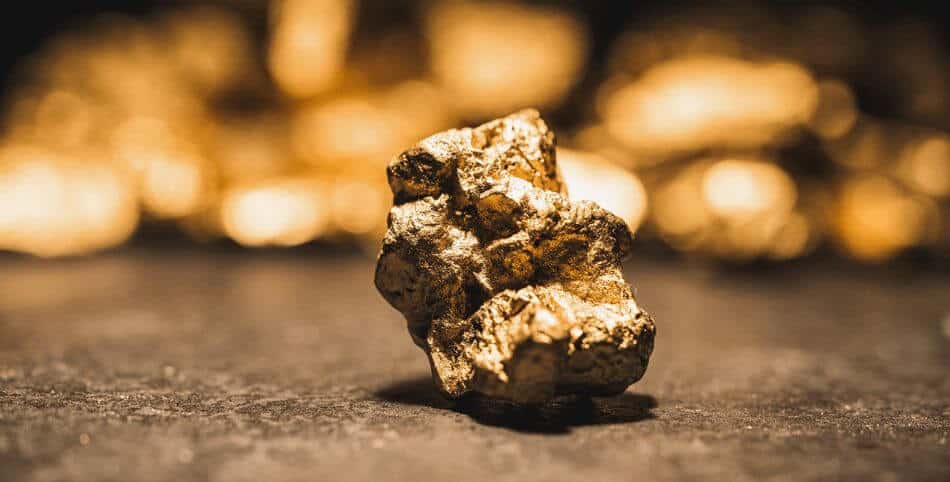
El carbón activado desempeña un papel fundamental en los procesos de extracción de metales al adsorber iones metálicos como el oro, el cobre y la plata de las soluciones, lo que permite recuperar y purificar los metales.
El carbón activado, por su versatilidad y eficacia, ocupa un lugar insustituible en las industrias modernas y en la protección del medio ambiente. Con el avance de la tecnología y la creciente demanda de protección medioambiental, se espera que las futuras aplicaciones del carbón activado sean más diversas.
¿Dónde comprar carbón activado?
Después de hablar de las amplias aplicaciones del carbón activado, entender cómo comprar este versátil material es igualmente crucial para los distintos clientes. He aquí varias vías de compra adecuadas para las diferentes necesidades de los clientes:
Para usuarios individuales o domésticos
Los usuarios domésticos pueden necesitar productos de carbón activado como carbón de repuesto para filtros de agua o láminas filtrantes de carbón activado para purificadores de aire. Estos productos suelen venir en envases listos para usar con instrucciones de uso claras y pueden encontrarse en tiendas, grandes supermercados o minoristas en línea.
Para usuarios comerciales e industriales
Estos clientes pueden necesitar grandes cantidades o tipos específicos de carbón activado. Pueden ponerse en contacto directamente con fabricantes o proveedores industriales especializados. Estos proveedores ofrecen una gama más amplia de selecciones de productos y pueden prestar servicios personalizados en función de las necesidades específicas del cliente.
Ya sea a través de plataformas en línea o de la comunicación directa con los proveedores, los clientes deben asegurarse de que el carbón activado adquirido cumple las normas de calidad pertinentes para sus ámbitos de aplicación. En el caso de compras a granel, es aconsejable solicitar muestras para realizar pruebas y verificar si el rendimiento del carbón activado se ajusta a los requisitos específicos de la aplicación. Para compras a granel, póngase en contacto con nuestros expertos: info@7chemtech.com

